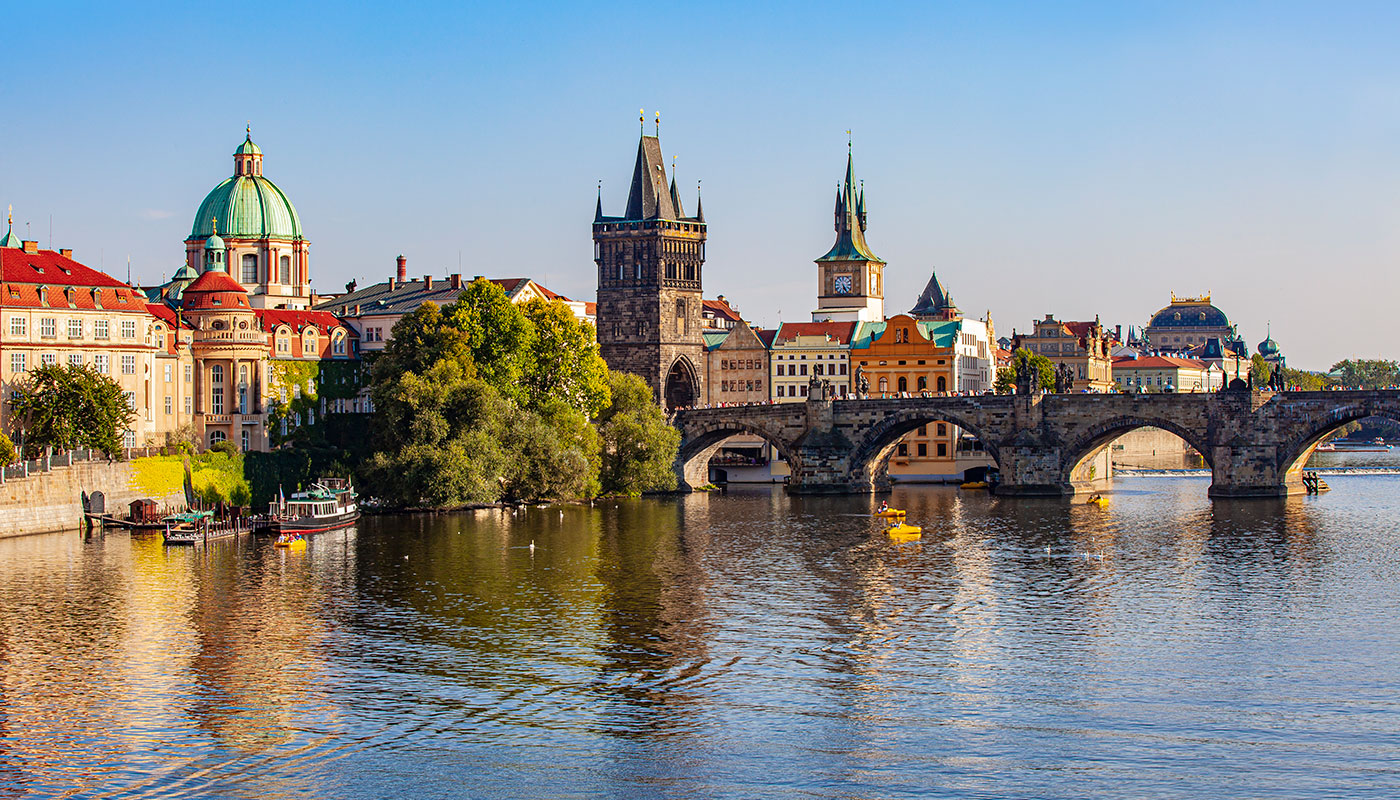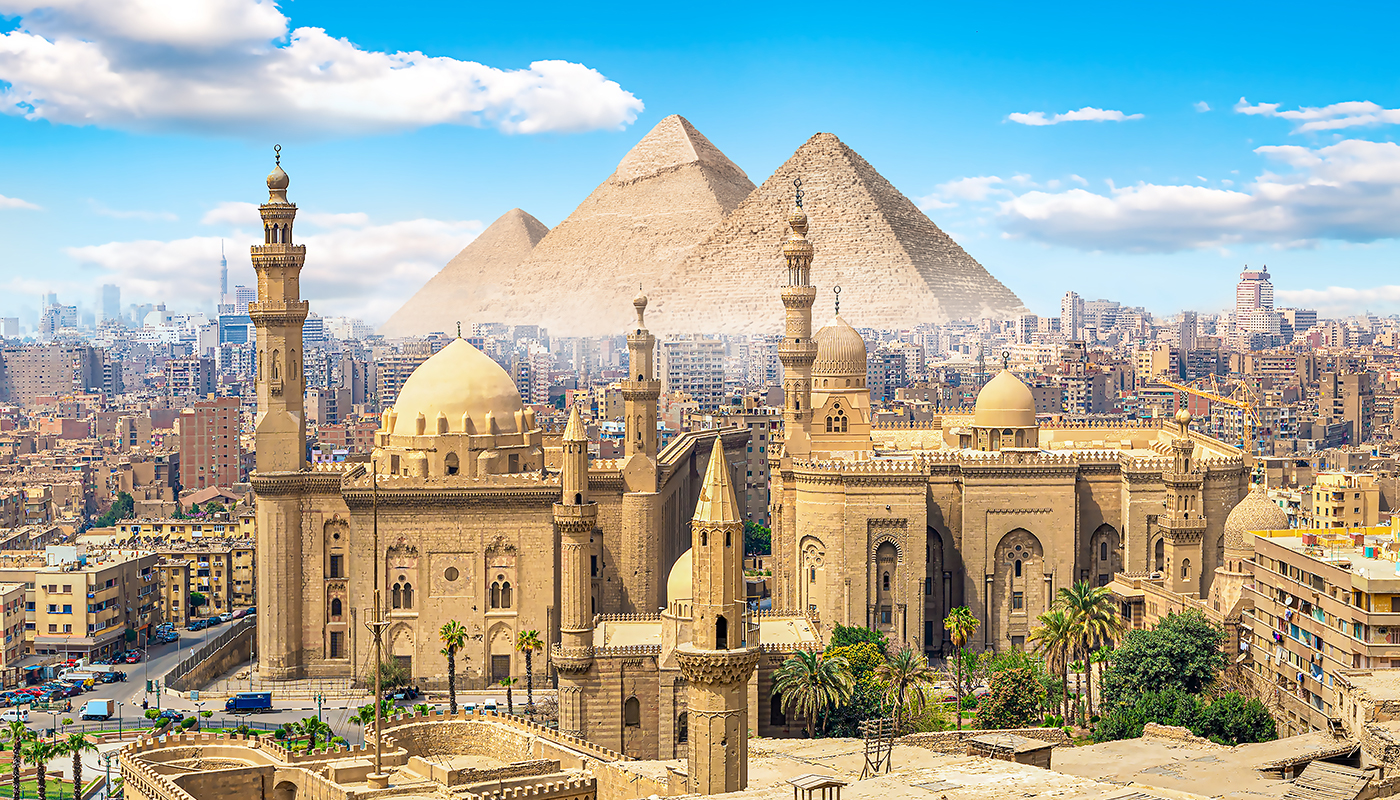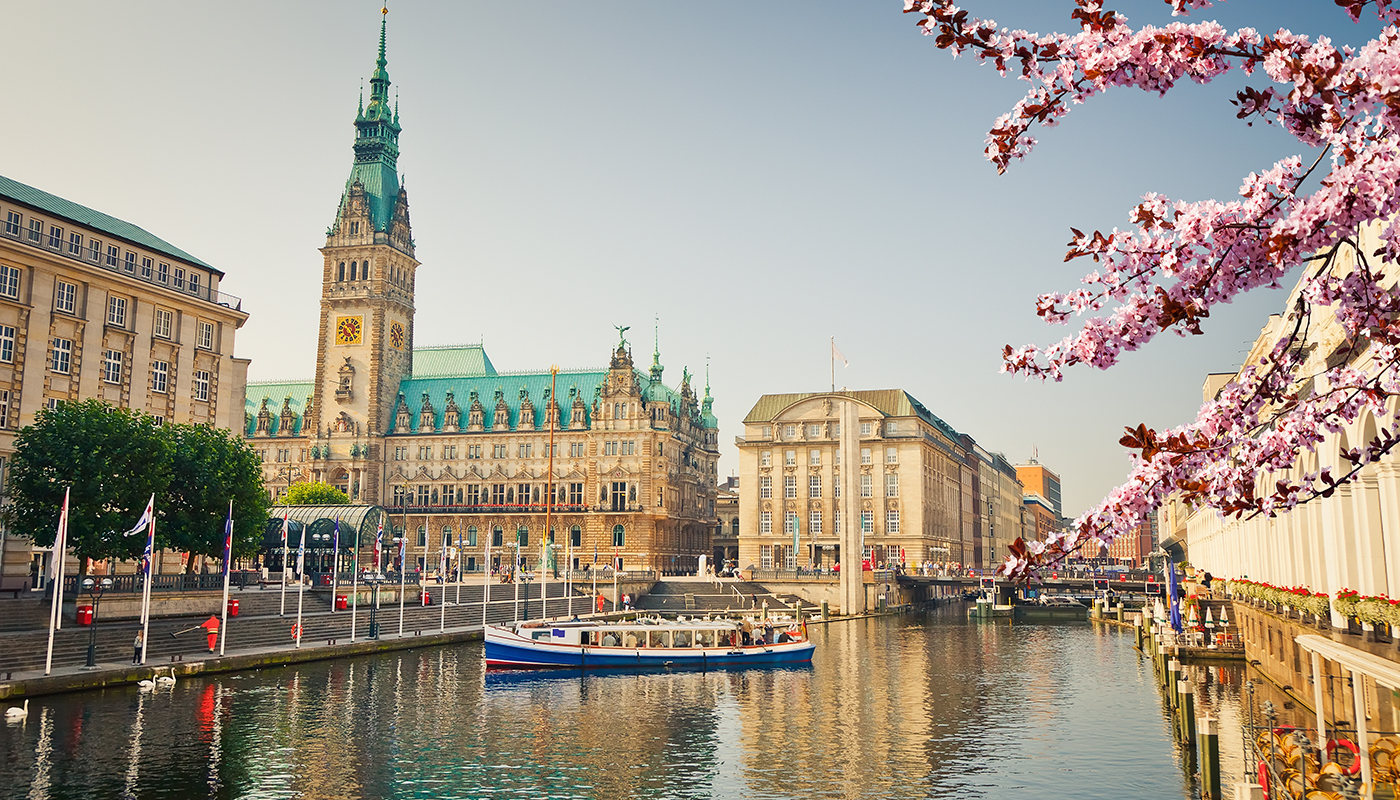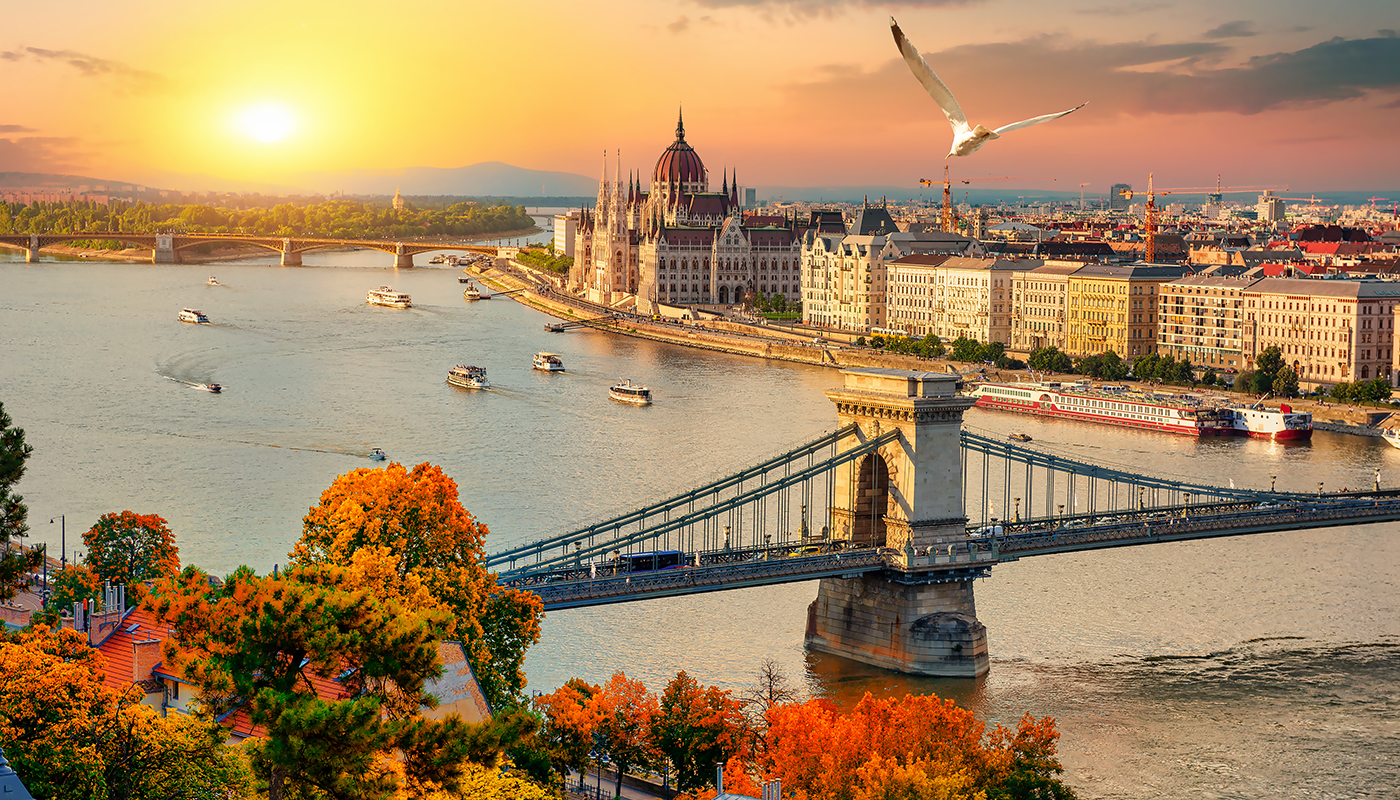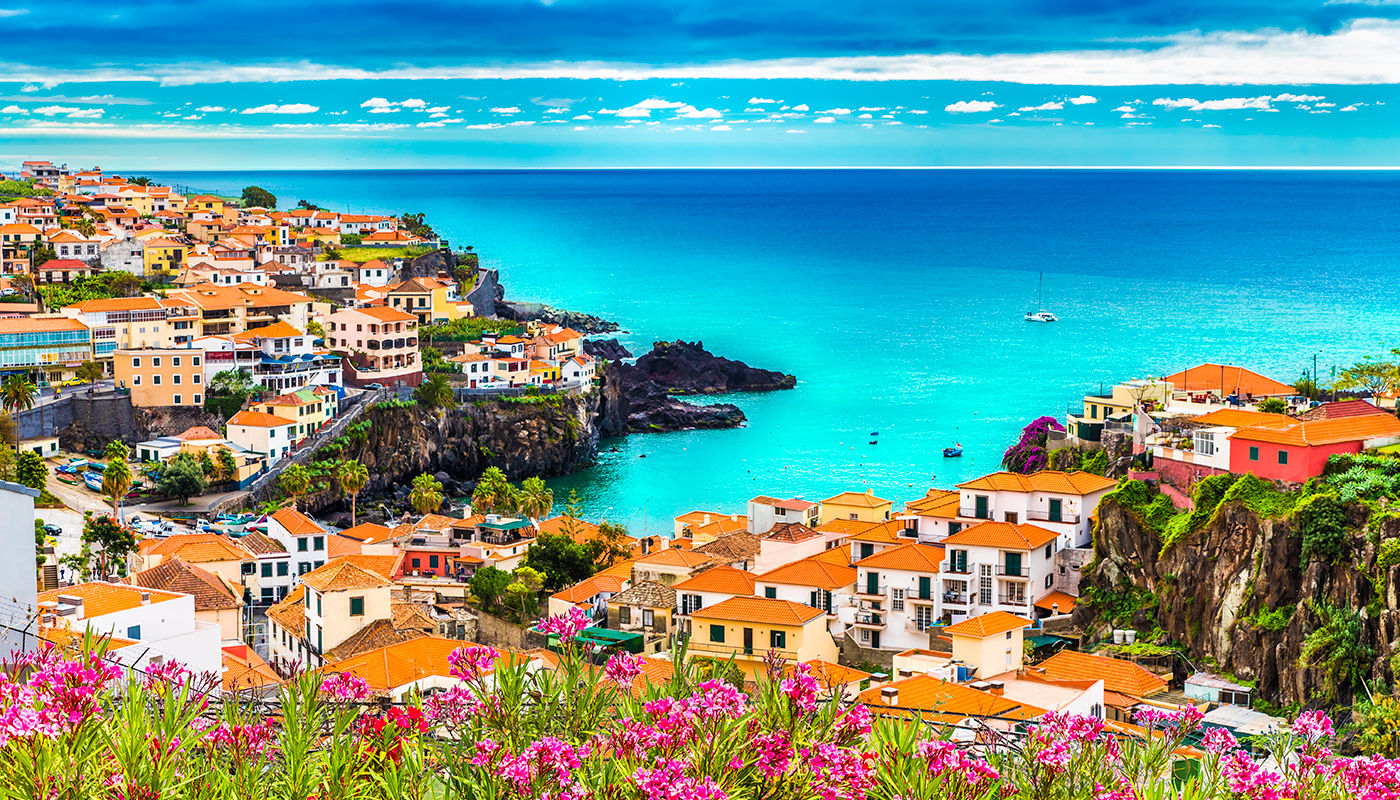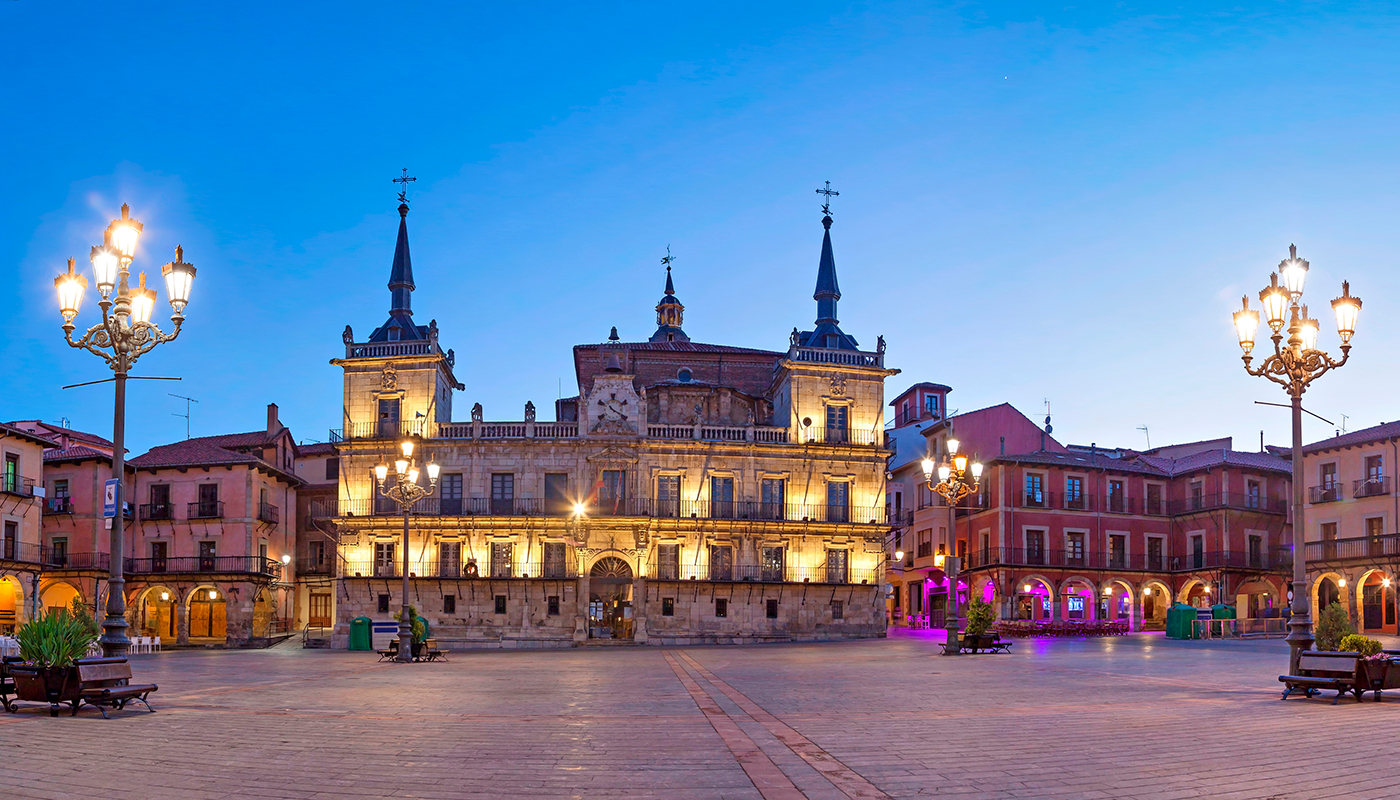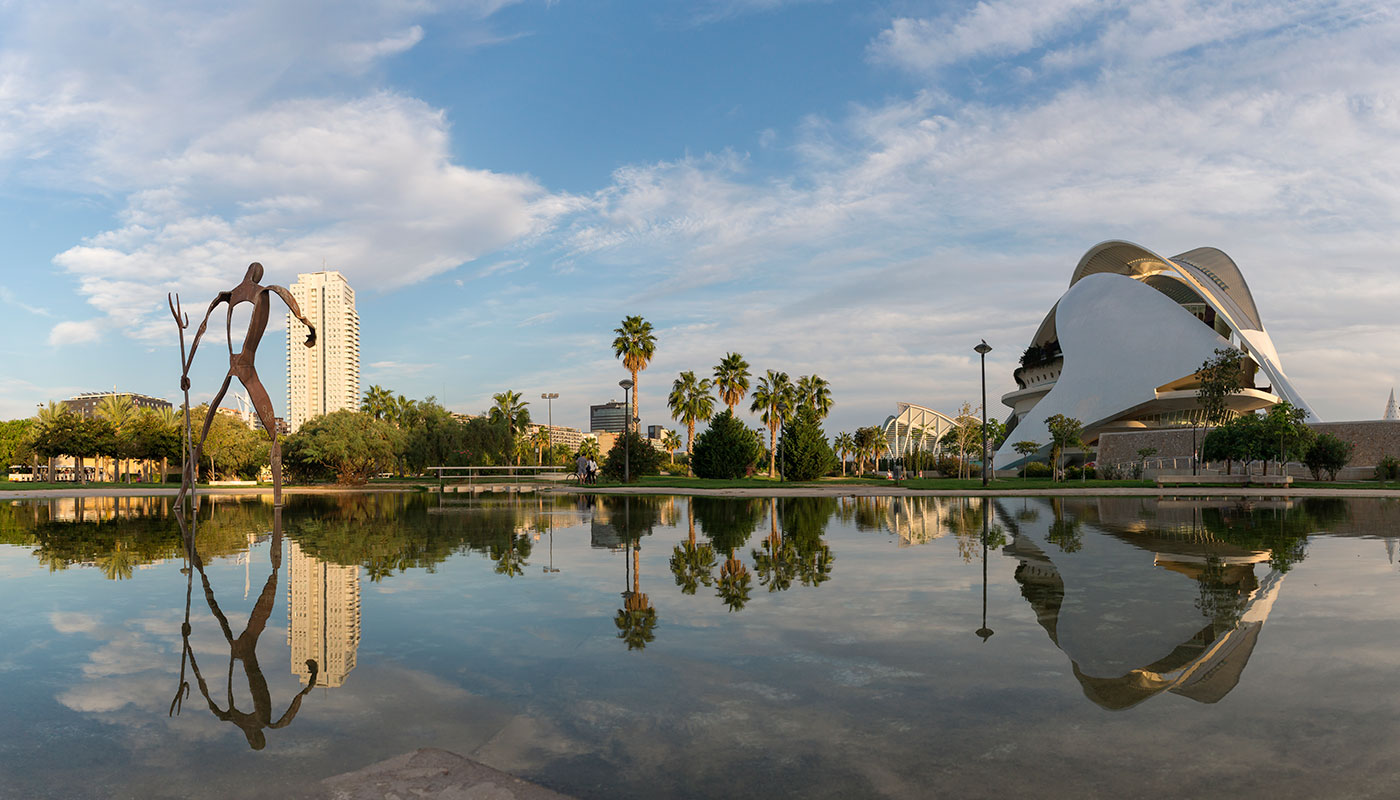Just a few kilometres from Dresden, Moritzburg Castle rises up, dreamlike, from the waters of a peaceful lake surrounded by forests and gardens. This castle, with its imposing towers and ochre-coloured façade, looks like something from a fairytale, and in fact, it was the location for a famous Cinderella film in what was then East Germany. The romantic atmosphere and the castle’s Baroque architecture attract thousands of visitors every year to wander around its royal apartments, hunting forests, and lakes. Moritzburg Castle is much more than a historic edifice: it is a symbol of the splendour of Saxony and a gem of the European Baroque.
- The history of the castle: from hunting lodge to a symbol of Saxony’s royal family
- How to get there from Dresden: a stone’s throw from the capital of Saxony
- Architecture and style: the elegance of the Baroque in every detail
- What you can see on your visit: royal apartments, tapestries, and fairytale gardens
- Information for visitors: opening hours, tickets, and recommendations
The history of the castle: from hunting lodge to a symbol of Saxony’s royal family
Moritzburg Castle, in Saxony, is much more than a dreamy historic building surrounded by a lake: it is in fact a living testament to the architectural and cultural development of the royal house of Saxony. Its history dates back to the fifteenth century, when Duke Moritz of Saxony, an avid hunter, ordered the construction of a hunting lodge in this idyllic setting surrounded by forests. Originally, the building was a Renaissance castle, designed to provide shelter and a playground for hunting parties. However, what began as a shelter for aristocratic hunters soon acquired a much greater symbolic significance as Saxony’s new rulers added ever more extravagant touches.
During the eighteenth century, under the rule of Augustus the Strong, the castle was renovated and transformed into the magnificent Baroque palace we see today. Augustus, an ambitious king and a lover of luxury, undertook a series of remodelling projects that included not only extending the halls and galleries, but also building a complex system of lakes and canals around the castle to reflect its imposing façade. This bold project not only enhanced the landscape: it also emphasised the power and opulence of the court of Saxony. Inside, the rooms were decorated with exquisite frescoes, tapestries, and hunting trophies, symbols of the nobility’s passion for this particular pursuit.

Moritzburg Castle was not merely the setting for hunting expeditions and celebrations: it was also a place loaded with symbolic significance. Each and every architectural and decorative feature was designed to exalt the prestige of the Wettin dynasty, and to send out a message of power and continuity. In the nineteenth century, after the fall of the monarchy, the castle underwent several phases of conservation and restoration, avoiding the neglect suffered by many other buildings of that time. Even in difficult times, such as during the World Wars, the local population and the German government took measures to preserve this heritage.
Nowadays, Moritzburg Castle is an emblem of the German Baroque and a reminder of the Saxony court’s days of glory. Every year it attracts thousands of visitors who are fascinated by its combination of history, art and nature. Its majestic image, surrounded by the lake that reflects its elegant silhouette, has inspired legends, films, and even a fairytale (it was here that the famous 1970s film version of Cinderella was shot).
How to get there from Dresden: a stone’s throw from the capital of Saxony
Moritzburg Castle stands about 13 kilometres to the northeast of Dresden, making it an ideal excursion destination for visitors to the capital of Saxony. The easiest way to reach the castle is by car, following the B6 towards Moritzburg — a journey of around 25 minutes. You can also travel there by public transport: take the S1 local train from Dresden as far as Radebeul Ost station, then a direct bus to Moritzburg — and you can enjoy the rural scenery en route to the castle.
For those seeking a more picturesque experience, there’s the Lößnitzgrundbahn, a narrow-gauge railway that connects Radebeul and Moritzburg on a journey that seems to take you back to another age. This steam train crosses fields and forests, and offers an unforgettable trip for visitors who like to combine history and adventure before arriving at the castle itself.
Architecture and style: the elegance of the Baroque in every detail
Moritzburg Castle is a fine example of eighteenth-century Baroque architecture, characterised by its symmetry and elegance. Its central structure, surrounded by four imposing towers, rises from an artificial lake bounded by a moat, adding a sense of isolation and exclusivity. The façade, in warm shades of yellow with white details, stands out against the blue of the sky and the water, producing an idyllic scene that is reflected in the lake.
Inside, the castle is decorated with an opulence that reflects the lifestyle of Saxony nobility. The walls are adorned with tapestries and hunting trophies, while the ceilings and walls are decorated with frescoes that tell of the royal family’s lives and exploits. Particularly outstanding is the Hall of Feathers: a room entirely decorated with bird feathers — a unique example of the decorative art of the time, and one of the few such rooms to be found in the world.
What you can see on your visit: royal apartments, tapestries, and fairytale gardens
A visit to Moritzburg Castle offers the opportunity to explore a historic site that seems to have been frozen in time. One of the highlights is the series of royal apartments, where visitors can admire the rich contemporary tapestries, hunting trophies, and original furniture. In the Banqueting Hall, some of the most luxurious furniture and decorative items remain, to transport visitors back to the lavish celebrations organised by Augustus the Strong and his guests.

The castle’s exterior is equally captivating. The hunting ground, with paths set among trees and lakes, is perfect for relaxing walks. On the island that surrounds the castle, you can explore the gardens, where the Baroque style is expressed in geometrical shapes and sculptures. Moreover, in winter, the castle hosts an exhibition on the history of Cinderella and its link with the famous film that was made here, something that adds a touch of magic and special charm to the visit.
Information for visitors: opening hours, tickets, and recommendations
Moritzburg Castle is open to the public all year round, although the opening hours vary depending on the season. From April to October, the castle opens from 10.00 a.m. until 5.30 p.m., while in winter it closes at 4.00 p.m. A general admission ticket costs 12 euros (with discounts for students and children), and an audioguide is available in several languages; this enriches the experience by providing historical context and details about each room.
Visitors are advised to arrive early, particularly in summer, as the castle can become packed with visitors. It is also a good idea to wear comfortable footwear if you are planning to explore the gardens and the hunting park. For photography enthusiasts, the castle at sunset is engulfed by an amazing light that is reflected in the lake, producing a scene that is well worth capturing.






